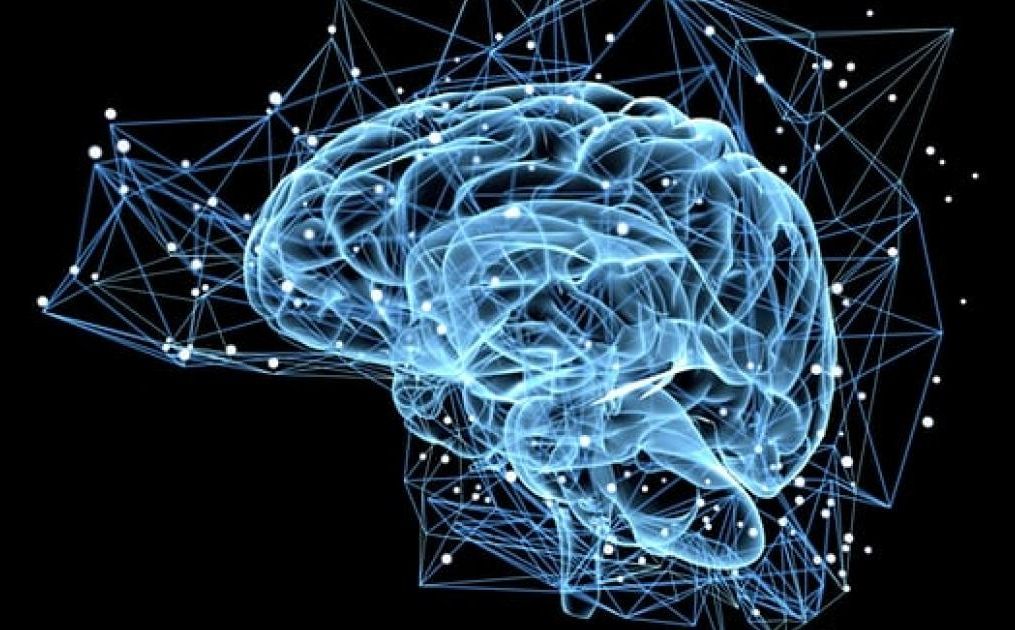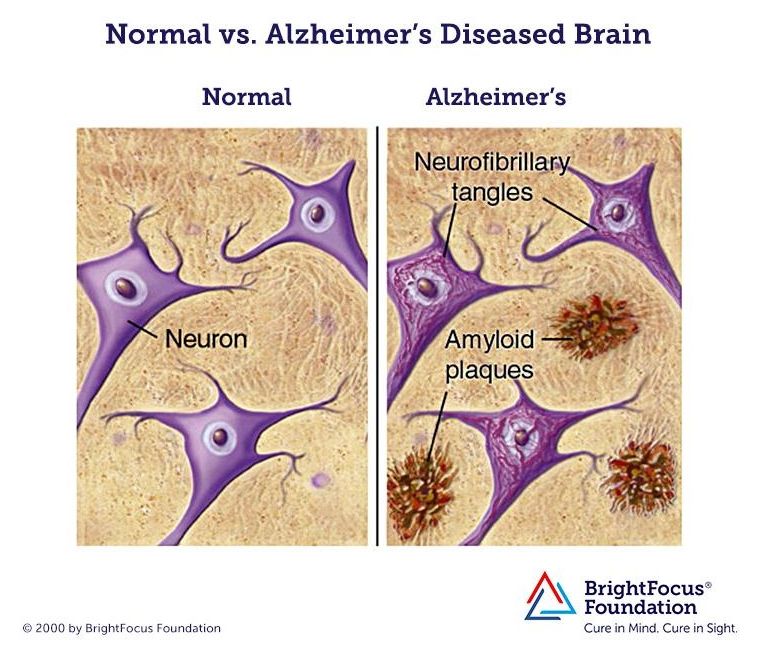There wont be any left to do along side them, and that should be the goal.
AI is coming, and it’s changing work as we know it. Adaptation is the only way forward.


July 12 (UPI) — By combining the observations of the two most powerful space telescopes in orbit, scientists have achieved the most precise measurement of the Hubble constant, the universe’s expansion rate.
The new measurement confirms the tension between explosion rate in the early and late universe, researchers report.
Astronomers can measure the expansion of the universe by measuring a galaxy’s redshift, a change in the wavelength of the light due to a change in the velocity of the object. By measuring the redshift of galaxies using the Hubble Telescope, scientists have established the Hubble constant.


Scientists at the California Institute of Technology can now assess a person’s intelligence in moments with nothing more than a brain scan and an AI algorithm, university officials announced this summer.
Caltech researchers led by Ralph Adolphs, PhD, a professor of psychology, neuroscience and biology and chair of the Caltech Brain Imaging Center, said in a recent study that they, alongside colleagues at Cedars-Sinai Medical Center and the University of Salerno, were successfully able to predict IQ in hundreds of patients from fMRI scans of resting-state brain activity. The work is pending publication in the journal Philosophical Transactions of the Royal Society.
Adolphs and his team collected data from nearly 900 men and women for their research, all of whom were part of the National Institutes of Health (NIH)-driven Human Connectome Project. The researchers trained their machine learning algorithm on the complexities of the human brain by feeding the brain scans and intelligence scores of these hundreds of patients into the algorithm—something that took very little effort on the patients’ end.

A French firm has designed an airplane with removable wings that it’s presenting to Boeing, Asia to cut Europe dependence.

A disclaimer on the new article that I wrote: while I do think the Beta-amyloid plaque plays a key role in the development of Alzheimer’s disease I do not think it’s the only thing. I’ll be writing more on Alzheimer’s disease as I study more.
The abnormal accumulation β-amyloid peptide is the leading candidate for the cause of Alzheimer’s disease is currently ranked the 6 th leading cause of death in the United States while some statistics claim it may rank as high as the third leading cause of death.
What is Alzheimer’s disease?
Alzheimer’s is a slowly progressive disease that causes the loss of memories and cognitive function. It is the most common form of dementia and accounts for 60 to 80% of cases.



Based on NASA’s “schedule risk analysis” from April, the agency estimates that Boeing will reach this milestone sometime between May 1, 2019, and August 30, 2020. For SpaceX, the estimated range is August 1, 2019, and November 30, 2020.
Both of the companies are well behind schedule, forcing the agency to scramble.